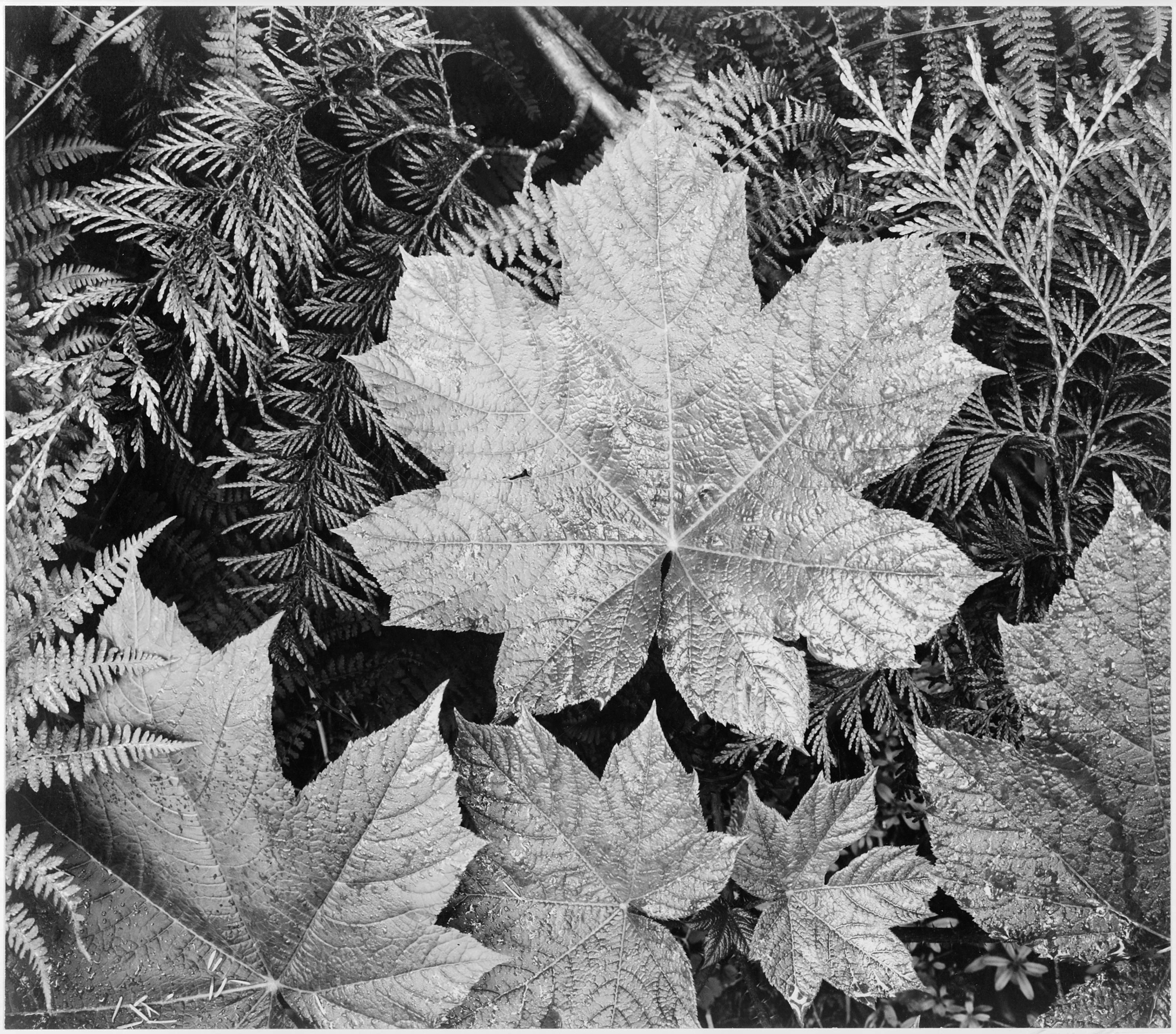Rule Of Thirds:
1. The composition rule I followed is rule of Thirds and I believe I followed the rule because the girl is to the left of the picture.
2. The subject of this photo is the girl to the left.
3. I believe it is clear to see what the subject is.
4. If I could have made this more clear then I would have maybe put her a little more to the left and maybe blur out the lockers so that is not a distraction.`
Merger:
1. The composition rule that I followed was merger and I think I followed this rule because there is a block in front of her.
2. The subject of the picture is the merger which is the pole and the girl.
3. I think the subject is not clearly seen because of the merger.
4. I think for me to make this picture better I could have not included the merger and focus on the girl.
Simplicity:
1. The composition rule I used is simplicity and I think that I followed this rule because it is just the boys and computers.
2. The subject in the picture is the two boys working on their computers.
3. I think that the subject is clearly seen because the picture is very simple and is focusing on the boys
4. What I could have done differently to make this picture even better is to go closer up and not do an overhead shot.
Framing:
1. The composition rule is framing and I think I somewhat followed this rule because there are distractions.
2. The focus of the picture is the girl working on her artwork.
3. I think that the focus is clear because the girl is in the center of the door which acts as a frame around the focus.
4. The things I can do to make the picture better is to show more of the doorframe and not see the other doorframe.
Balance:
1. The composition rule for this is balance and I think I followed this rule somewhat because the one girl to the left is cut off.
2. The focus on the picture are the students on each side which shows balance.
3. The focus of the picture is well shown but could be better. The reason it is shown is there are people on each side.
4. What I could do to make this picture better is include the other person on the left and take the picture not at the angle but in the center.
Lines:
1. I think I followed the rule of lines because it shows the rows and lines of the desks and students.
2. The focus of the picture is the lines of the desks and rows of the students.
3. The focus is somewhat clear in this picture because it is showing the lines of the students however, there is a lot going on.
4. The thing I could have done to make this picture better is to not make it so cluttered and cramming as much as I could into one picture.


